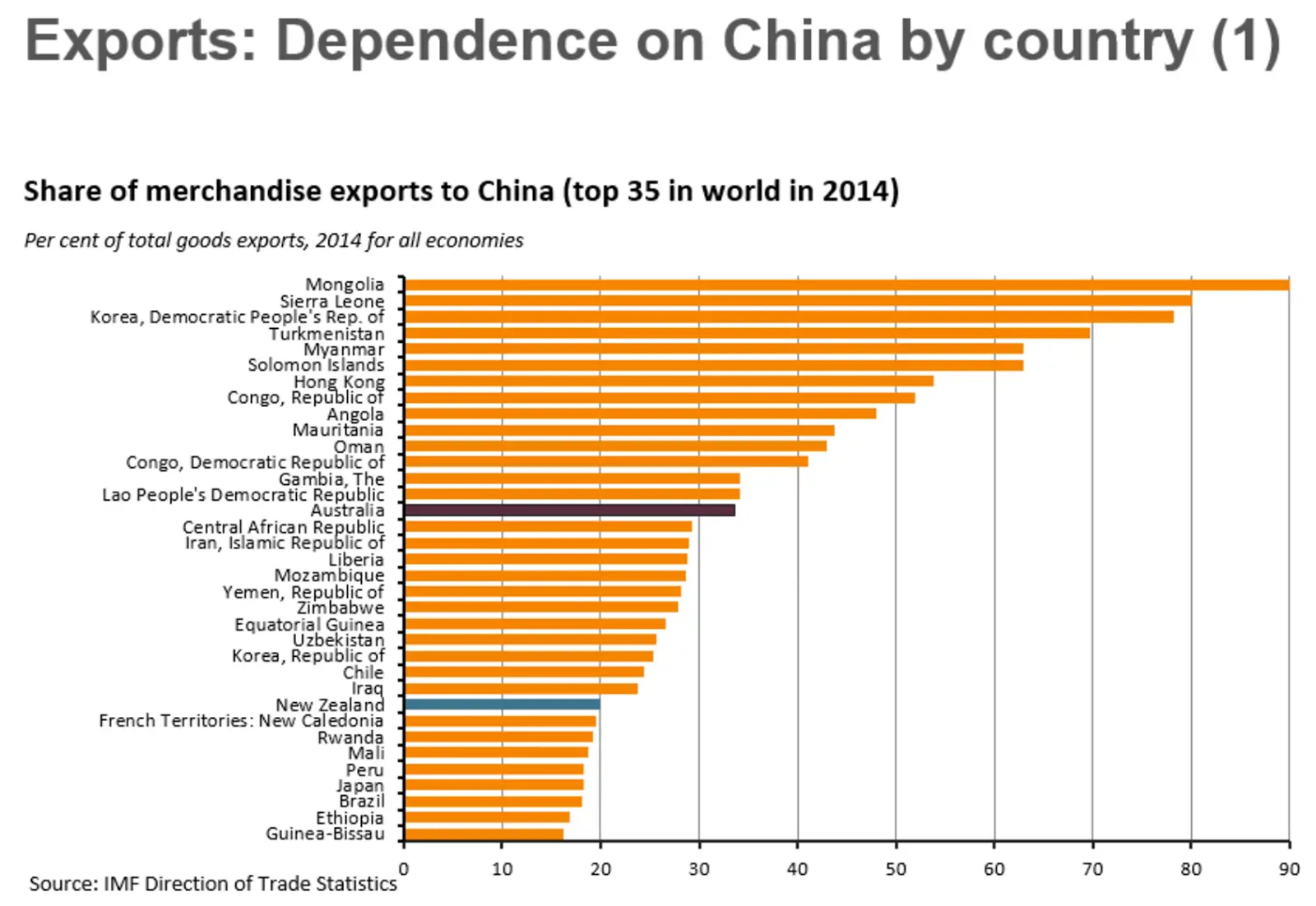The spending on construction in Australia surprisingly spilled into the last quarter even as infrastructure and home construction reached a low this year which all adds to the struggling Australian economy. The construction work done was down by 3.1% in the quarter ending this December as per the data published by the Australian Bureau of Statistics. This is followed by a drop in the previous quarter by 3.6%. The total spending made on construction was $36.69 billion after adjusting inflation and was the lowest since 2017 and is equal to 0.3% points of the GDP in the quarter.
This sharp fall is second in a row and is now a challenge to the optimism shown by the Reserve Bank of Australia that the economy will be better than last year.
Home construction was also slow last year as the housing prices slid down and the lending became stricter which dented the confidence of developers especially that for apartments. The residential construction sank to 3.6%, and the outlook is also not that great as approvals for new buildings has reduced in the past few months. The December quarter GDP report is set to be released on Mar 6, and the NAB has predicted the growth to be 0.4% this quarter and 2.7% for this year. An economist at NAB Kaixin Owyong said, ‘It suggests some slight downside risk to our preliminary GDP forecast. We expect the residential construction downturn will be much deeper than the Reserve Bank of Australia’s outlook and expect it to decline around 18% peak to trough. Today’s figures support this less optimistic view of building activity. ’
The RBA earlier this month acknowledging that the downturn is faster than expected cut its forecast for growth for this year and the next year as well. Even the predicted growth of 3% is unlikely to be achieved with spending on public work reducing to a low. Last quarter, infrastructure work dropped by 10% which was surprising as the government had announced many rail and road projects. Andrew Hanlan, an economist at Westpac, said ‘Possibly bottlenecks are a constraint or it may have been weather disruptions. Given the sizeable amount of work yet to be done and with new projects being added to the investment pipeline, we will still expect public works to add to activity in 2019.’
Westpac, however, predicts that RBA will be forced to cut the interest rates from an already low of 1.5%.















Leave a Reply